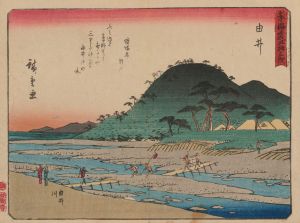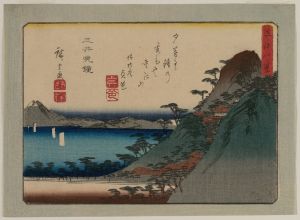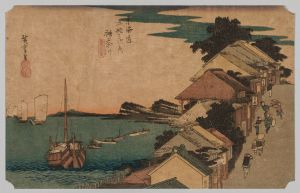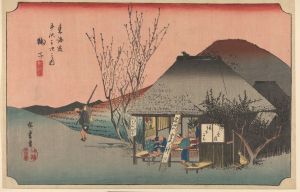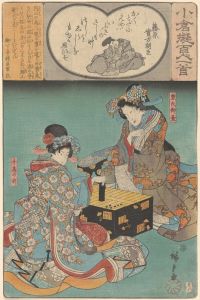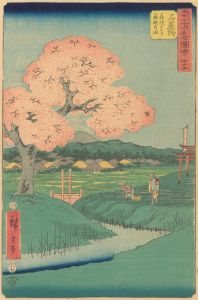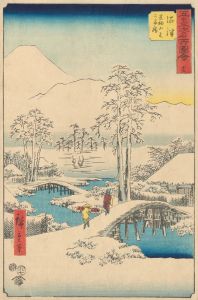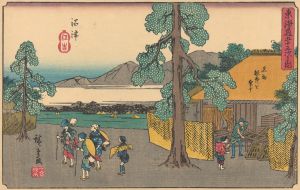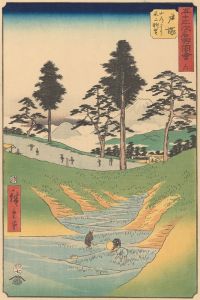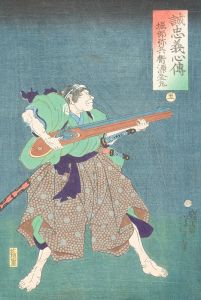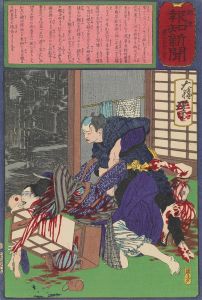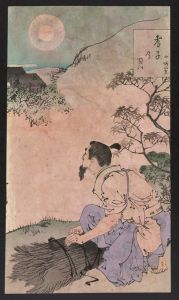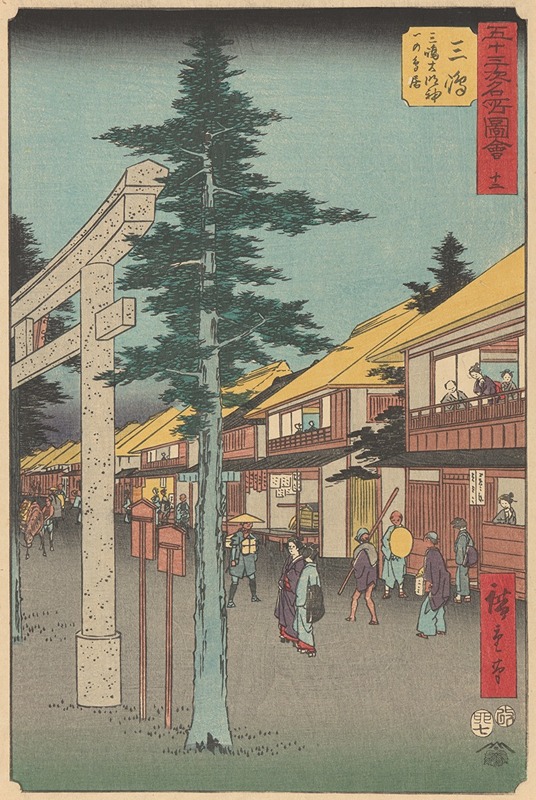
Mishima
A hand-painted replica of Andō Hiroshige’s masterpiece Mishima, meticulously crafted by professional artists to capture the true essence of the original. Each piece is created with museum-quality canvas and rare mineral pigments, carefully painted by experienced artists with delicate brushstrokes and rich, layered colors to perfectly recreate the texture of the original artwork. Unlike machine-printed reproductions, this hand-painted version brings the painting to life, infused with the artist’s emotions and skill in every stroke. Whether for personal collection or home decoration, it instantly elevates the artistic atmosphere of any space.
Mishima by Andō Hiroshige is a woodblock print that forms part of the renowned series "The Fifty-three Stations of the Tōkaidō" (Tōkaidō Gojūsan-tsugi no Uchi), created during the Edo period in Japan. This series, produced between 1833 and 1834, is one of Hiroshige's most celebrated works and is a quintessential example of the ukiyo-e genre, which flourished in Japan from the 17th to the 19th centuries. Ukiyo-e, meaning "pictures of the floating world," typically depicted landscapes, tales from history, the theater, and scenes from everyday life.
Hiroshige's "The Fifty-three Stations of the Tōkaidō" series illustrates the journey along the Tōkaidō road, the most important of the Five Routes of the Edo period, which connected Edo (modern-day Tokyo) to Kyoto. The series consists of 55 prints, including the starting point at Nihonbashi in Edo, the 53 stations along the route, and the endpoint in Kyoto. Mishima is the eleventh station on this historic road.
The Mishima print captures the essence of travel and the natural beauty of the region. Hiroshige's work is known for its vibrant colors, dynamic compositions, and the ability to convey the atmosphere of the scene. In this print, Hiroshige depicts travelers and locals going about their daily activities, set against the backdrop of the Mishima landscape. The composition often includes elements such as mountains, rivers, and the sky, which are rendered with a keen attention to detail and a sense of harmony.
Hiroshige's work is characterized by its use of perspective and innovative compositions, which were influenced by Western art techniques that had begun to permeate Japan during this period. His ability to capture the transient beauty of nature and the human experience of travel resonated with the people of his time and continues to be appreciated by art enthusiasts today.
The Tōkaidō series, including the Mishima print, played a significant role in popularizing landscape art in Japan. It also contributed to the development of the travel genre in ukiyo-e, as it provided viewers with a visual journey along one of Japan's most significant routes. Hiroshige's prints were not only artistic achievements but also served as a form of travel literature, offering insights into the geography and culture of the Edo period.
Hiroshige's influence extended beyond Japan, impacting Western artists such as Vincent van Gogh and Claude Monet, who admired his work for its composition and use of color. Today, Hiroshige's prints are held in high esteem and are part of major art collections worldwide, reflecting their enduring appeal and historical significance. The Mishima print, like the rest of the series, remains a testament to Hiroshige's skill and his ability to capture the spirit of a journey through Japan's landscapes.





